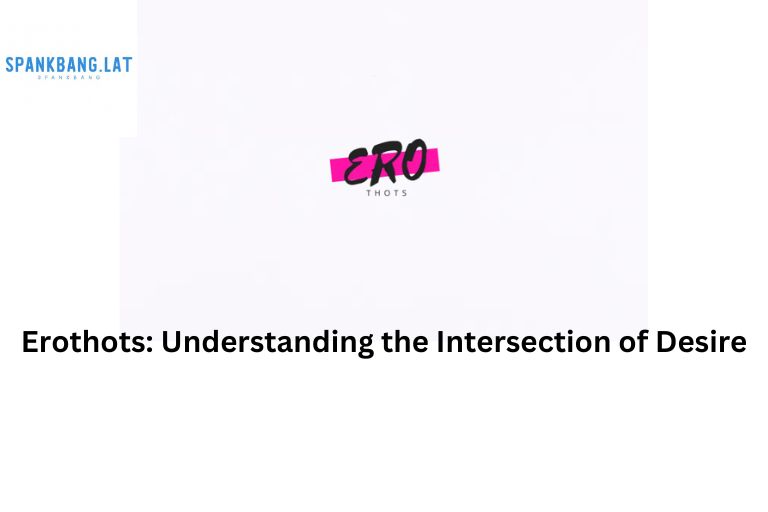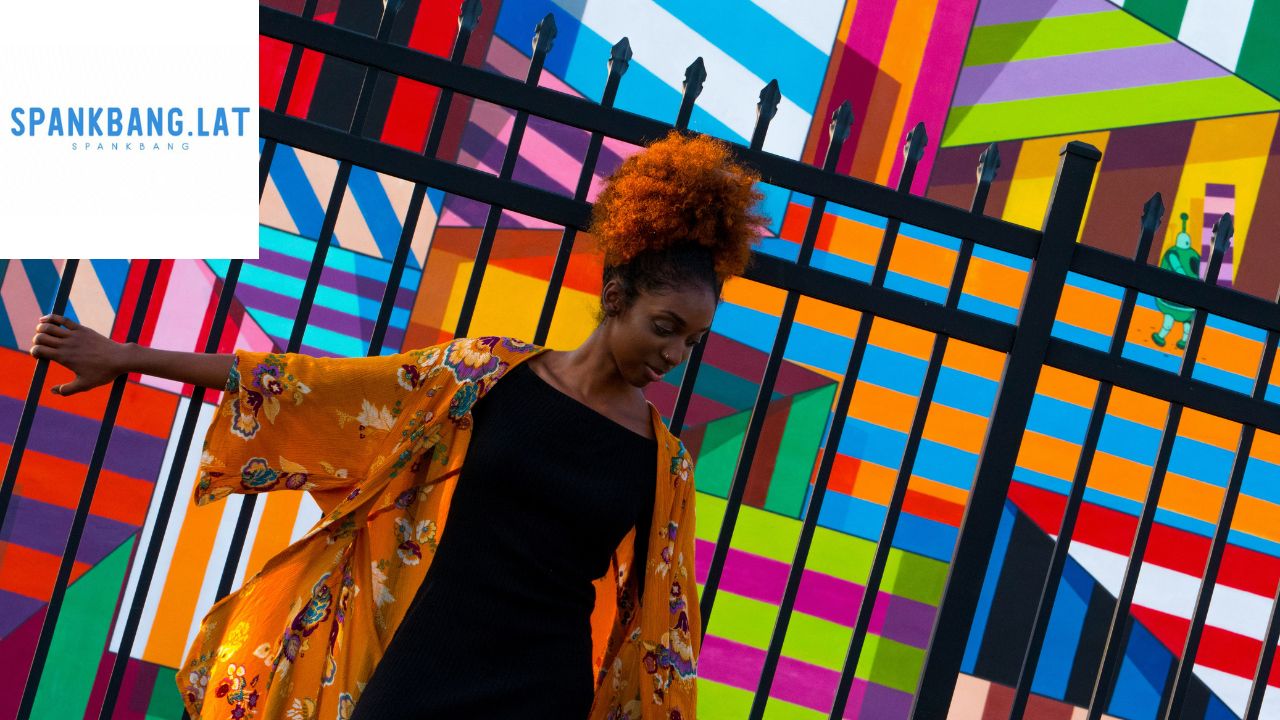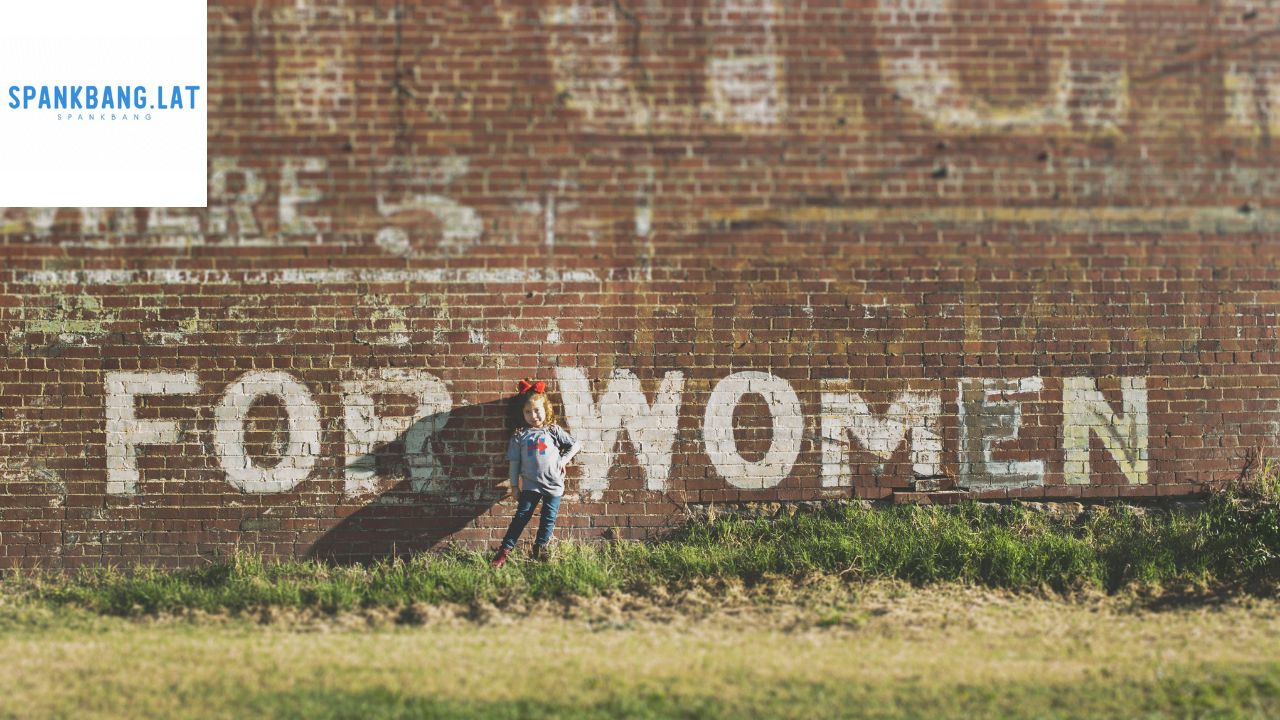Introduction Of Erothots
The internet has revolutionized many aspects of life, including how we express and engage with desire. With the rise of social media platforms, a new phenomenon called “Erothots” has emerged. This term blends “erotic” and “that,” a slang term meaning “that ho over there.” Erothots are individuals, often women, who embrace digital spaces to showcase sensual content, drawing attention from online communities. While the concept may seem simple, it reflects deeper issues about the intersection of desire, power, and digital culture.
What Does the Term Erothot Mean?
In formal terms, an Erothot is an individual whose main activity is to share provocatively. Or erotic pictures on the Internet, preferably on social networks, Instagram, or TikTok. Such people usually attract followers and popularity thanks to their scandalous and attractive posts, alluring the audience’s dreams. But it’s important to understand that not all the Erothots can agree with the definition of the term. Some of them accept the label they are given while others may decline to accept the label because it has negative connotations.
Opportunities are that digital exhibitionism
Will steadily grow and become the norm in the days to come.
However, the phenomenon that Lucy had referred to as ‘‘digital exhibitionism,’ is not recent. The Internet has always remained an open platform for sharing different aspects of life. And it includes one intimacy or sensual nature. Social media has no doubt reinforced this tendency because it covers virtually all the population. There are now such platforms like OnlyFans, which allow the monetization of the stripping process and provide indecent exposure for the paying clientele. Erothots, as it were, complete the cycle and move this aspect of digital exhibitionism into a variety of real and virtual mainstreams.
Empowerment vs. Exploitation Debate
Erothots themselves largely remain a debate on the internet, den to victims, regarding if their work serves to emancipate or mutilate them. Others would like to believe that these people empower themselves to possess their bodies and desires and benefit from the act. In this view, the Erothots are choosing when how, and what they want. Thus eradicating the social norms considered to be correct and beautiful. In the same breath, it is criticized that it contributes to stereotypes and objectification of women and girls. This duality can be paralleled with a much bigger discourse on feminism, agency, and the ownership of one’s body on social media.
Using the context of social media, it is possible to establish the fact that social media plays an important role in shaping desire.
Various SNS have a definitive influence over the perception and the manifestation of desire. It tends to select shared media that is appealing to the eye. And some of the most provocative pictures are the most likely to appear on top of the user’s news feeds. This reinforcement forms a loop in which the Erothots and such get more views. And followers to the extent that they influence others to post similar material. Therefore, we can assume that these platforms generate and satisfy the need for such representations. Which are frequently a hybrid between emancipatory and objectifying.
Marketing Sexual Engagement on the World Wide Web
Erothots also blur the issues of commercialization of sexuality as well as intimacy. While some may find these platforms suitable for self-voice, many more are likely to make money. OnlyFans has embraced people’s freedom to make money off sensual content without having to rely on conventional intermediaries, such as the entertainment sector. Nevertheless, this process of commodification can also result in the reinforcement of other forms of sexual content sometimes raising again ethical questions of limit and identity.
Cultural Impacts of Erothots
Erothots represent cultural dynamics that have become standard practice – from the sexualization of cyberspace and the blurring of the private/public domains’ dichotomy. These people are not unique players in the system; they are part of a much larger context of influencers, content writers, and social media consumers. Thus, discussing Erothots as a part of the larger discourse depicts how society is shifting its paradigms in terms of technology and sexual hooks.
Some sort of Erothots and the nationalist, colonialist, masculinist Male Gaze.
Discussion regarding Erothots cannot exclude the so-called “male gaze”, which means a representation of women from the male perspective, particularly from a sexual. On the one hand, some people have a point in stating that these girls are objectifying themselves to appeal to men’s desires. On the other hand, many Erothots indicate that they are taking back control over them. They do not want to be seen as ‘passive sexual objects’.
Changing Attitudes Toward Online Sensuality
Public attitudes toward online sensuality are constantly evolving. What before could not be discussed is now gradually being accepted with social networks that can act as personal ads. It is in this regard that, Erothots are pioneering this paradigm shift by disturbing the existing conventional knowledge on appropriate netiquette.
Potential Risks and Backlash
That said, there are disadvantages to the empowerment narrative for Erothots. Although e-sexualization has its benefits, there are negative consequences that come with it; users who engage in the sharing of erotic content are likely to be harassed, judged, or even have their identities revealed. However, the internet retains information and when these are posted they can resurface many years later, causing harm in one’s personal or professional life.
Privacy Concerns for the Consumer in the Digital Environment
Nevertheless, the emergence of Erothots causes privacy problems, as well. What is shared in one social networking site can go viral to other networking sites and, on occasion. It becomes very hard to contain or control its spread. Voyeurism predominantly consists of the sharing of posters and tiktoks that are sexually explicit or of the person without their permission. Controversy arises in matters of consent, ownership, and Privacy.
Conclusion:
The popularity of Erothots brings evolution on how desire is satisfied in the digital world. Such citizens represent both the positives and negatives arising out of social networking sites. If only we could move further deep into the realm of digital culture. It is for sure that Erothots do not symbolize merely the art of strip tease. They are in that dialogue about control or independence. And the future of freedom in the expressive individuality of the twenty-first century.
FAQs
What is the meaning of “Erothot”?
An Erothot refers to someone who uses social media to share erotic or sensual content, often for attention or monetization.
Is being an Erothot empowering or exploitative?
The answer depends on perspective. Some view it as a form of empowerment, while others see it as potentially exploitative.
What platforms do Erothots use?
Common platforms include Instagram, TikTok, and OnlyFans, where visual content is emphasized.
What risks do Erothots face?
Risks include online harassment, privacy invasion, and content being shared without consent.
How does social media shape desire?
Algorithms and visual culture promote provocative content, influencing how desire is perceived and consumed online.





One thought on “Erothots: Understanding the Intersection of Desire”